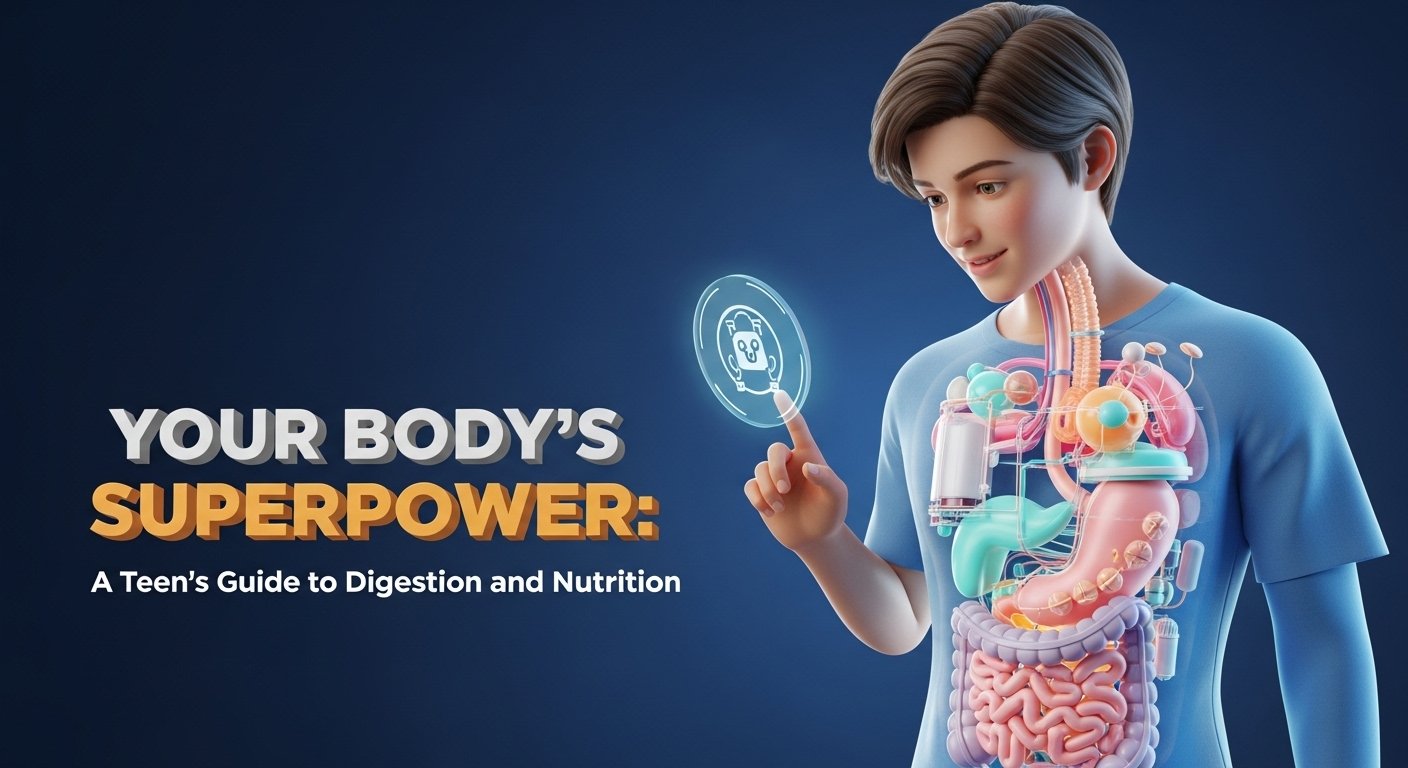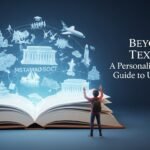Your Body’s Superpower: A Teen’s Guide to Digestion and Nutrition with Microlearning
Scroll through your social media feed for 60 seconds. You’ll probably see one video telling you carbs are the enemy, another showing a fitness influencer blending a strange green sludge, and a third promising a “life-changing” diet that involves eating only pineapple. It’s a non-stop flood of confusing, and often contradictory, health advice. It’s enough to make you want to give up and just order a pizza. But what if understanding your body didn’t have to be so complicated? What if you could learn the real science of your health in small, fascinating, and easy-to-digest pieces? You can. It’s an approach called Microlearning.
Microlearning is the ultimate hack for cutting through the noise. It’s the art of breaking down big topics (like how your body works) into short, focused, and super-engaging bursts of information. Forget boring, oversized health textbooks. We’re talking about a series of “aha!” moments that empower you to become the expert on your own body. This is your guide to the incredible journey your food takes, and how to fuel your body for energy and success, all through the power of Microlearning.
Meta Description: Quick microlearning lessons on digestion and nutrition, promoting health education for US teens in 2025.
Why Your Health Class Needs a 21st-Century Upgrade
Let’s be honest, traditional health education can be a bit of a drag. Trying to memorise every part of the digestive system from a dry diagram or deciphering a complicated food pyramid often feels like a chore. The information is important, but the way it’s delivered doesn’t always stick.
This is where Microlearning comes in. It’s perfectly suited for the way our brains work in a fast-paced, digital world. It focuses on the most interesting and actionable pieces of information, making learning feel less like a lecture and more like a discovery.
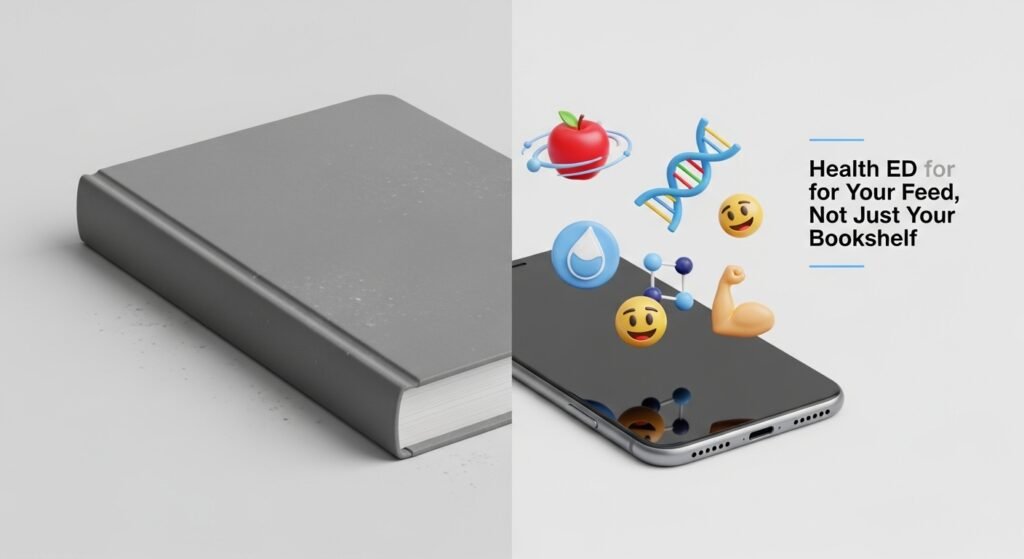
The Quick Scan vs. The Deep Dive: A New Way to Learn About Health
The difference between a traditional approach and a Microlearning approach is all about focus and momentum. One can feel like a marathon, while the other is a series of exciting sprints.
| The Traditional “Deep Dive” | The Microlearning “Quick Scan” |
| Topic: A long chapter on “The Digestive System.” | Topic: A 2-minute video on “Why Your Stomach Doesn’t Digest Itself.” |
| Goal: Memorise all the parts and functions at once. | Goal: Understand one fascinating concept and its relevance to you. |
| Feeling: Can be overwhelming and abstract. | Feeling: Empowering, interesting, and immediately relevant. |
| Action: “I’ll study this later for the test.” | Action: “Cool! I’ll try chewing my food more to help my enzymes.” |
Export to Sheets
By focusing on one amazing fact at a time, Microlearning builds a foundation of knowledge that actually sticks, empowering you to make smarter choices.
Top 10 Online Learning Platforms in 2025 for Students
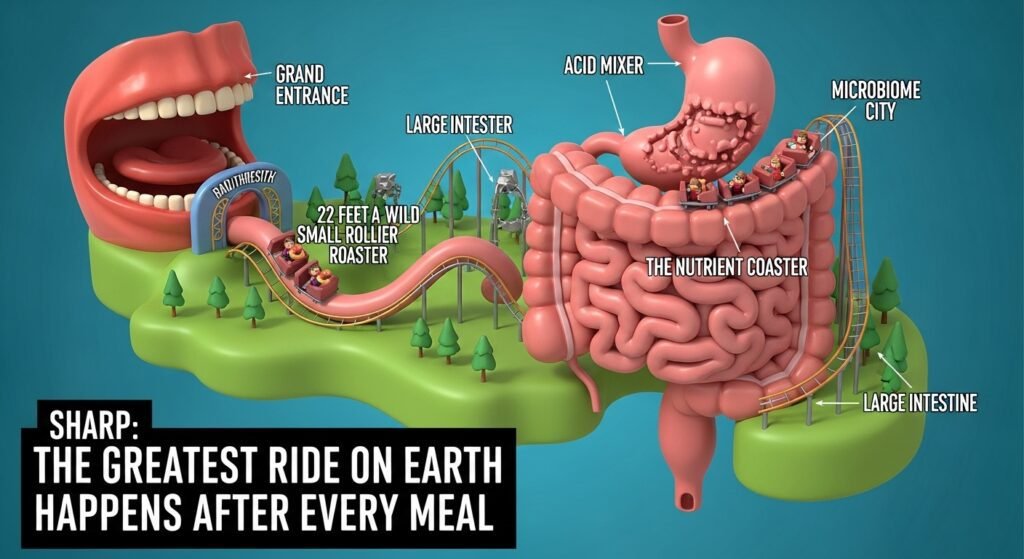
Your Body’s Amazing Journey: A Microlearning Tour of Digestion
Ever wonder what actually happens after you take a bite of an apple or a slice of pizza? It’s an incredible, 30-foot journey full of chemical reactions and amazing machinery. Let’s take a quick tour.
Stop 1: The Mouth – The Grand Opening
The Micro-Lesson: Digestion doesn’t start in your stomach—it starts the second food enters your mouth! Your saliva is more than just water; it’s packed with enzymes, like amylase, which immediately begin breaking down carbohydrates. It’s the “pre-game show” for your stomach.
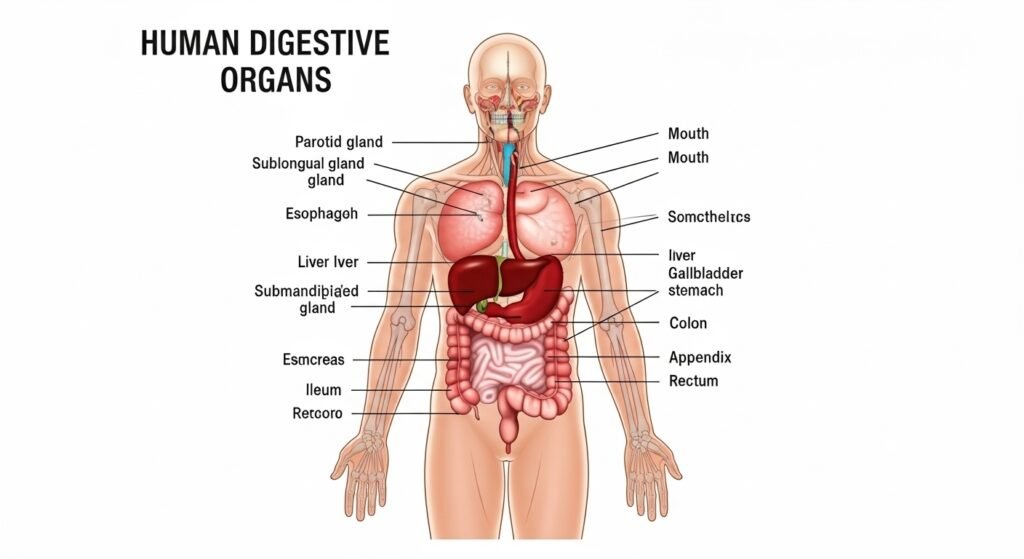
Stop 2: The Stomach – The Acid Bath
The Micro-Lesson: Your stomach is a muscular bag that churns your food, but its real superpower is its acid. The hydrochloric acid in your stomach is incredibly powerful—with a pH between 1.5 and 3.5, it’s strong enough to dissolve some metals! Its job is to kill harmful bacteria on your food and start breaking down tough proteins. A special mucus lining is the only thing that stops the stomach from digesting itself.
The Micro-Action: Help your stomach acid do its job. Try to avoid drinking huge amounts of water during a big meal, as it can temporarily dilute the acid, making digestion less efficient. Sip, don’t chug.
Stop 3: The Small Intestine – The Nutrient VIP Lounge
The Micro-Lesson: This is where the main event happens! Despite its name, your small intestine is a super-long tube—about 22 feet on average! Its inner surface is covered in millions of tiny, finger-like projections called villi, which dramatically increase the surface area. If you could flatten it all out, it would be the size of a tennis court! All this surface area is for one reason: to absorb all the vital nutrients from your food into your bloodstream.
The Micro-Action: Eat foods with plenty of fibre (like vegetables, fruits, and whole grains). Fibre acts like a “scrubbing brush” for your intestines, helping to keep everything clean and moving smoothly through this very long journey.
Stop 4: The Large Intestine – The Recycling Centre & Microbiome HQ
The Micro-Lesson: The last major stop is your large intestine, which is home to your gut microbiome. This is a bustling city of trillions of bacteria, fungi, and other microbes that are actually your allies! They help to break down tough fibre, produce essential vitamins like Vitamin K, and play a huge role in your immune system. You can learn more about this “second brain” from the NIH’s Human Microbiome Project.
The Micro-Action: Keep your gut buddies happy! Eating fermented foods like yogurt, kefir, and kimchi, which contain live probiotics, can help support a healthy and diverse microbiome.
Top 10 Online Learning Platforms in 2025 for Students
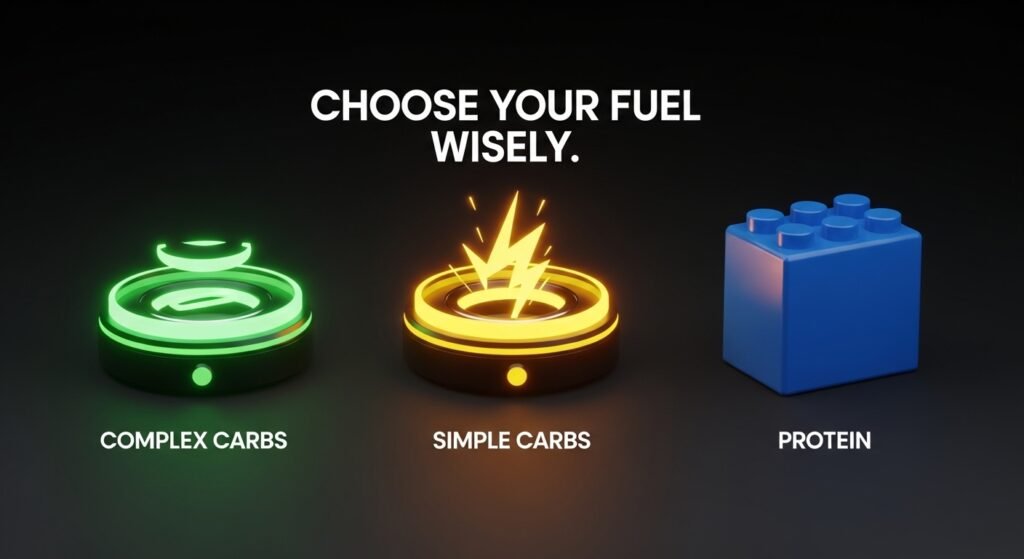
Fuelling the Machine: Micro-Lessons in Nutrition
Understanding the journey of digestion helps us appreciate why what we eat matters so much. A Microlearning approach can help you understand the major food groups, or “macronutrients,” without getting overwhelmed.
Carbs: Your Body’s Preferred Fuel
The Micro-Lesson: Carbohydrates are not the enemy! They are your brain and muscles’ number one source of energy. The key is choosing the right kind.
- Complex Carbs (vegetables, whole grains, beans) are like “slow-release” fuel logs. They are full of fibre and break down slowly, giving you steady, lasting energy.
- Simple Carbs (soda, candy, white bread) are like “quick-burning” paper. They give you a fast spike of energy, often followed by a crash.
Protein: The Body’s Building Blocks
The Micro-Lesson: Every single cell in your body contains protein. You need it to build and repair tissues, from your muscles and bones to your hair and fingernails. It’s not just for bodybuilders; it’s essential for everyone, every day. Good sources include lean meats, fish, eggs, beans, lentils, and tofu.
Fats: The Misunderstood Nutrient
The Micro-Lesson: For decades, fat was public enemy number one. Now we know that healthy fats are absolutely essential, especially for brain health (your brain is about 60% fat!).
- Healthy Fats (found in avocados, nuts, seeds, and olive oil) are amazing for you.
- Unhealthy Fats (like artificial trans fats found in some processed snacks) are the ones to avoid. You can get more details from the American Heart Association.
A Personal Story: How I Finally Befriended My Own Gut
For years, I was totally confused about food. I’d read something online and cut out dairy, then read something else and cut out carbs. I was often left feeling bloated, tired, and frustrated. I decided to stop with the drastic diets and start a simple Microlearning experiment.
My goal was not to “get healthy” overnight, but to learn one new thing about my body each week. The first week, my “micro-mission” was to add one probiotic food (plain yogurt) to my breakfast every day. The next week, I focused on adding one extra high-fibre vegetable to my dinner. I wasn’t following a strict diet; I was just slowly, intentionally adding good things in and paying attention to how I felt.
The change was incredible. Within a month, I had more energy and felt less bloated. By focusing on small, consistent, and positive changes, I had done what no crash diet ever could: I had built a healthier, more sustainable relationship with food. I had learned to listen to my body.
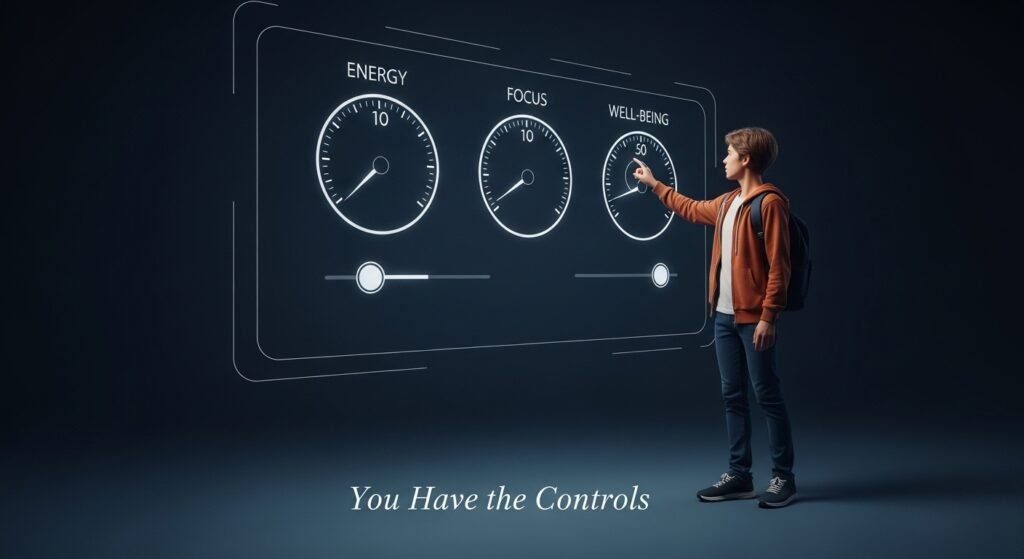
Conclusion: You Are the Expert on You
Your body is the most incredible and complex machine you will ever own, and you are the person in charge of it. Understanding how it works doesn’t require a medical degree or a confusing, restrictive diet. It just requires a little bit of curiosity.
Microlearning empowers you to cut through the noise and learn the real science of your health in a way that is fun, fascinating, and actually sticks. By learning about your body one small “aha!” moment at a time, you gain the knowledge and confidence to make choices that will fuel you for a lifetime of success and well-being. So get curious, and start exploring the amazing universe within you.
What’s one question you have about your own digestion or nutrition? Let’s find a micro-answer for it in the comments below!

